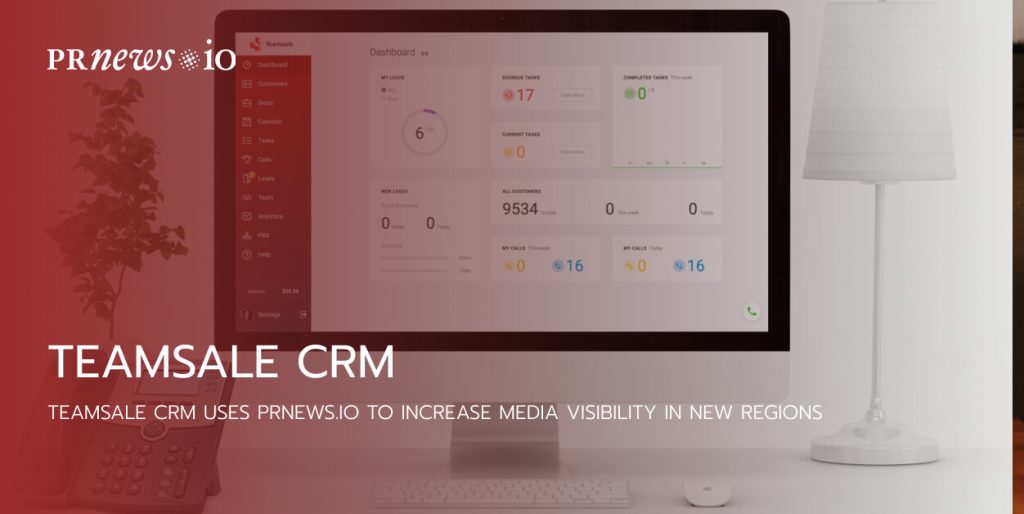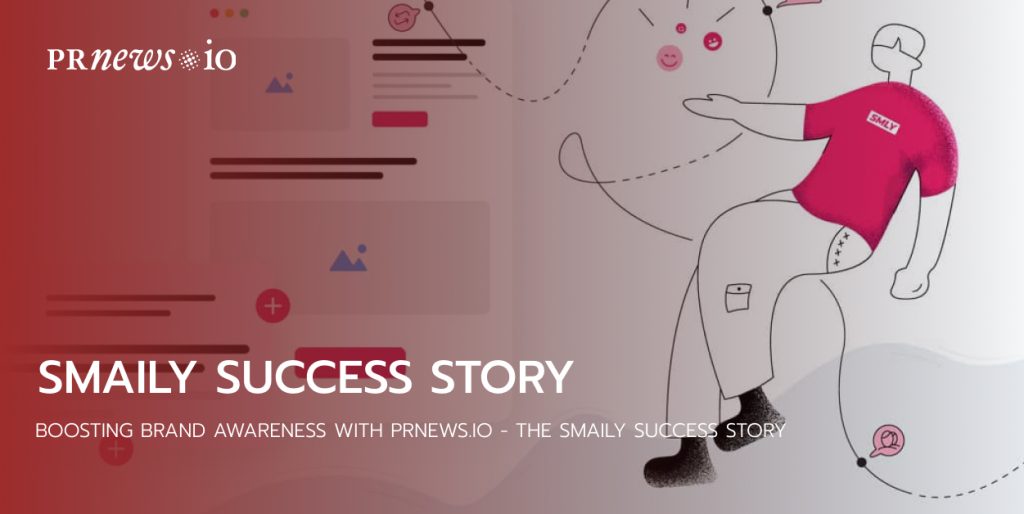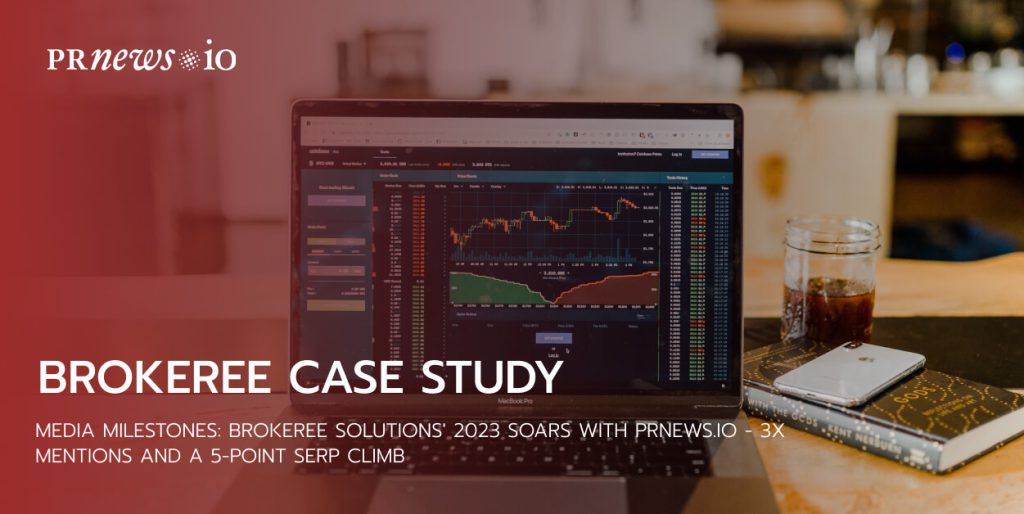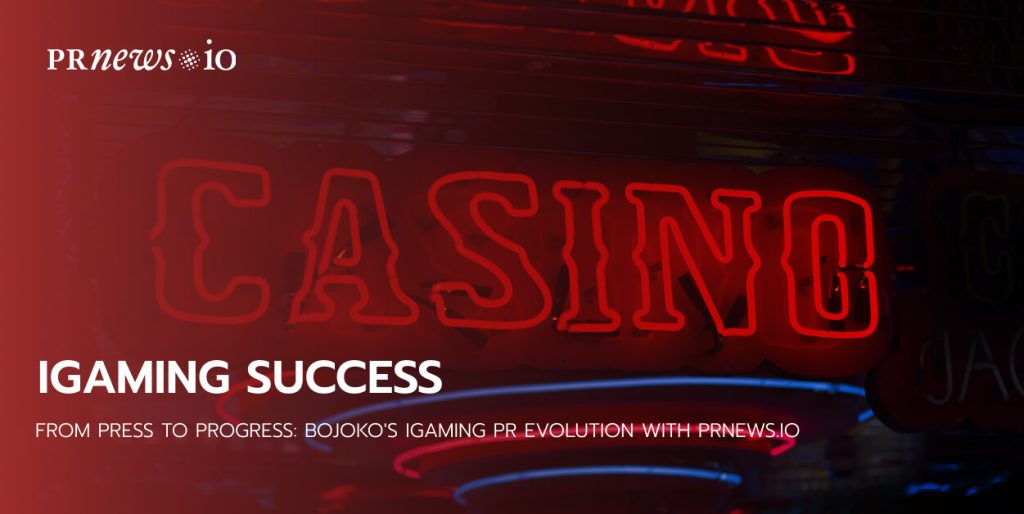Are you struggling to find the KPIs for your content marketing campaigns? You are not lonely there. Many marketers have to deal with the same issue because tracking the proper content marketing KPIs (key performance indicators) can be challenging.
The reason is that while content is a driver of business growth, content KPIs aren’t linked to your revenue directly. Also, because content can be used to achieve some marketing goals at different stages in your funnel, that’s why it’s difficult to calculate the contribution to the final revenue. So depending on your campaign goal, there could be different KPIs that will be most relevant for measuring success.
In this post, you’ll learn about the content KPIs that you may use in your reports, setting the benchmarks for your company, and creating the marketing strategy.
Why It’s Important to Track Your Content Marketing KPIs
But before we go into the details, it’s important to understand why tracking KPIs is so important for all marketers.
Calculating your content KPIs is the best way to estimate your content marketing ROI to understand if your efforts lead to an increase in business or brand awareness. It is essential to monitor these metrics weekly or monthly to understand your website rankings, audience engagement, search engine performance, and more.
This will help you improve the optimization of your marketing strategies and continue to adjust them to connect better with your target audience and achieve your content marketing goals.
What Are the Most Important Content Marketing KPIs?
A key performance indicator is a measurable parameter that shows progress toward a desired result, specifically strategic objectives within the marketing department. Having clearly defined KPIs for content marketing is essential to its long-term growth and success.
By measuring the correct KPI of your choice, you will be equipped to make intelligent decisions regarding your content strategy. Doing so will help you increase the potency of your website and ultimately increase conversions.
By tracking the proper content KPIs, you can learn a lot of useful data about your marketing campaign to understand who is engaging, what they like the most, what content isn’t attractive to your users, and more.
So let’s list them:
Organic traffic
Organic traffic shows how many website visitors find your site through the search engine results page (SERPS). As a valuable content marketing metric, this KPI is a key metric of the success of your SEO strategy and is an important KPI to track on a regular basis.
This metric shows you the importance of optimizing your website with different types of relevant keywords to attract visitors and ensure that they engage with your content. This metric is important because it shows your website’s potential to bring in new audiences, compete with your competitors, and generate new leads without any effort.
Backlinks
Backlinks are another critical indicator of any strong SEO strategy. They are keywords or phrases throughout your website, whether on the main pages or in the blog, that link to other pages within your website and beyond.
These referral links connect your page with other reliable sources online, assisting in building your website’s domain authority (DA). It tells the search engine that your website has trustworthiness and a valuable position with its audience.
A successful backlinking strategy can help lead generation because a boost in domain authority helps your site come up higher in the search results, increasing the chance that you will attract new visitors. Establishing a successful backlinking strategy is essential to build your website’s credibility within the Google algorithm.
Click-Through Rate
The click-through rate estimates how many visitors clicked on and engaged with a hyperlink you posted on social media, your website, or sent within an email marketing campaign.
This is an important indicator to measure when tracking audience engagement — if your posts and references are helpful or engaging to viewers. E.g. you may discover that adjusting the call to action can improve the CTR, and different wording can help encourage qualified leads. Without this KPI, you’ll not be able to know if anyone is, for example, visiting your online shop after they finish reading your blog post or following the link you inserted to the post.
Bounce Rate
The bounce rate shows you the number of website visitors where the users left the page without clicking on any links on the site itself, including call-to-action links or other pages in the website menu.
This metric can be measured individually by page or as a value for the website overall. This is an important KPI for estimating the engagement of your content. Your goal should be to keep the number as low as possible.
If the metric is too high, improve your website design, work on the load time, call-to-action phrasing, and others.
Returning Visitors
Once users are interested in your content, it is quite natural to have returning visitors. Whether you have a blog or online shop, returning visitors are a good indicator that your content is interesting and valuable for people.
You can also analyze what attracts the most returning visitors to understand how to create content that can continue to attract your target audience.
Average Time on Page
Average time on the page shows how long visitors spend on your website and can be tracked either by individual pages or as an overall website metric. Putting efforts into creating valuable content, an effective linking strategy, a user-friendly layout, and strong calls to action can significantly influence how long a visitor will spend on your website.
Make sure your website users know all the value you have to add, whether it’s links to your YouTube channel or guides. Track the average time on the page to learn what attracts visitors and pushes them away.
Keyword SERP Positions
Keyword SERP positions are a marker of your website’s search visibility. Tracking your keyword rankings can help you find the proper keywords you’re seeing the most results with. I’ll help you cover related phrases in a bid to establish the trust of the readers set the authority in the niche, and attract even more organic traffic.
On the contrary, position tracking can help you notice low-hanging opportunities, as well as underperforming pages.
Conversion Rate
The conversion rate is one of the most important KPI content marketing metrics. The conversion rate presents the proportion of visitors who took the desired action. So, if you put a link to sign up for the email newsletter, subscribe to your YouTube channel, follow on social media, or offer to make a purchase, the number of visitors who followed through with these accounts for the conversion rate.
This metric demonstrated your lead generation and optimization of your website pages and content activities, especially for eCommerce websites.
Scroll Depth
It is one thing for a visitor to visit your page because it appears at the top of the search engine results. But, it is another thing for the visitor to find your website content engaging enough to scroll through your site pages and read everything your site provides.
Scroll depth is a metric that reflects how far down on a page your visitors go and can tell you a lot about where their interest falls off and how you can re-optimize your website to improve any low-performing areas.
Number of Leads
The number of leads metric demonstrates how many prospects your website and business receive.
This is an essential metric because the success of your business depends on the leads, and you will see an increase in the bottom line by optimizing lead generation.
Pageviews
Pageviews are fundamental to measure because they show you how many times a page was loaded in a browser. It is a solid way to get a baseline understanding of your website traffic but does leave out some details since it will count repeat opens of the same page by the same user or visitor.
To overcome this, the metric ‘unique pageviews’ shows the number of opens, excluding repeats from the same user. This metric gives an understanding of the effectiveness of your SEO strategy.
Social shares represent the number of times your content was shared by its audience across social media platforms.
This KPI is important because it shows the true interest of your followers and other social media users. Organic reach, engagement, and finally brand awareness depend a lot on this KPI. Looking at which pieces of content were shared the most, you can quickly learn what resonates with your audience, what more you can add about that topic, how you can gain additional followers, and which elements of your content strategy are the most successful.
Subscribers
Estimating the dynamics of subscribers you have will give you an understanding of the success of your email and content campaigns. Also, choose what metric is better for you to analyze: subscribers who open your letters or the number of the whole base.
Customer Acquisition Cost
This is an important metric to consider when determining the cost-effectiveness of your company because it compares the amount of money you spend on attracting customers against the number of customers you actually gain.
The total sales and marketing cost includes all program and marketing spend, salaries, commissions, bonuses, and others associated with attracting new leads and converting them into customers.
You can calculate the cost of customer acquisition by simply dividing all the costs spent on acquiring more customers (marketing expenses) by the number of customers you acquire
Overall ROI
Finally, the most important marketing metric is the return on your investment. This KPI will show you if you’re making enough revenue to cover the cost of your content marketing activities.
A simple content marketing ROI is easy to calculate and has the following formula:
ROI (in %) = (Return – investment) / Investment X 100
Common Content Marketing Metrics That You Should Take as Your KPIs
Not everything needs to be tracked. But how do you know where to stop? Here are a few metrics to consider when it comes to content marketing KPIs not worth your time:
1. Social Media Likes
While social media likes give you some exposure to audience engagement, it doesn’t necessarily mean users aren’t engaging with the content.
How often have you read a post on social media without actually pressing a “like” button under this post? Likes are good to have, but they don’t show the overall picture of content performance.
2. Total Number of Backlinks (Without Context)
While many backlinks may look appealing on a monthly client report, it doesn’t mean much if your content has links from spammy websites. That’s why reporting on the number of all backlinks per month is misleading if it’s not done within context.
Instead, consider backlink “filtering”. That way, it’s much easier to follow up on high-authority backlinks and weed out any compromising links.
3. Number of Comments
It’s definitely useful to see how users engage with your client’s content, and it even provides insights into user opinions. However, comments don’t necessarily influence your client’s bottom line and won’t give a solid ground for content marketing performance.
How to Calculate the Content Marketing KPIs
To do this properly and fast, use Google Analytics, and other external or internal services to estimate the popularity of your website and marketing campaigns. The most popular and affordable platforms are described in our post “25 Digital Marketing Tools Every Marketer Needs In 2023.”
Conclusionс
Content marketing KPIs will give you a better understanding of your audience and, the success of your content activities and enable data-backed decisions to improve your content strategy.
When tracking content marketing KPIs it is best to stay focused on the basics. Keep in mind, for your business set your unique goals and unique list of relevant content KPIs, and find out what’s working.
Content Marketing Platform
- 100,000+ media publications;
- get backlinks to your product;
- scale work with content distribution.





